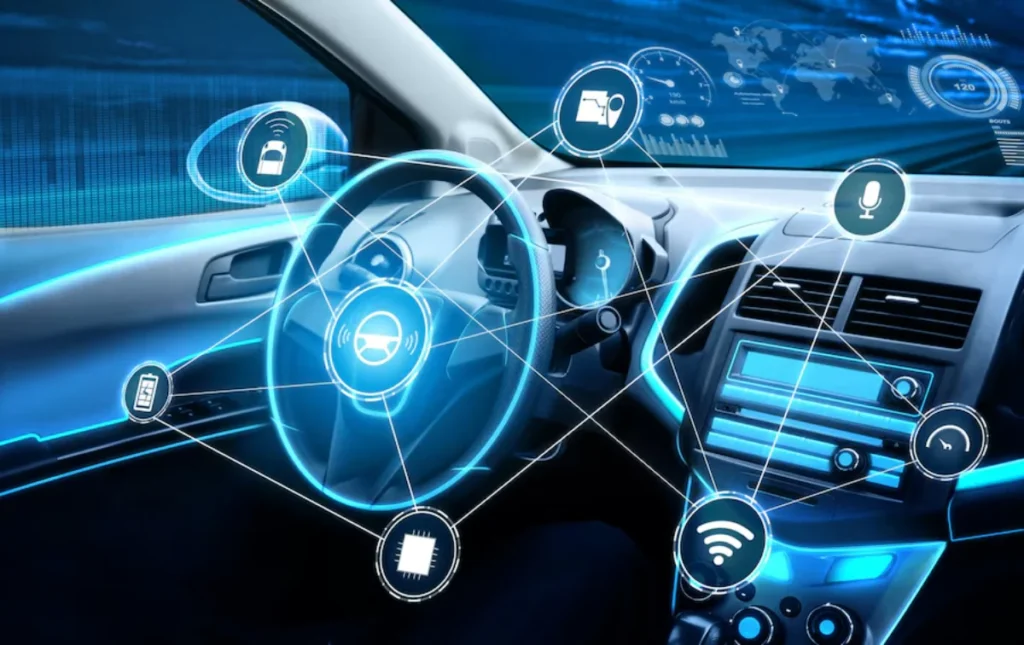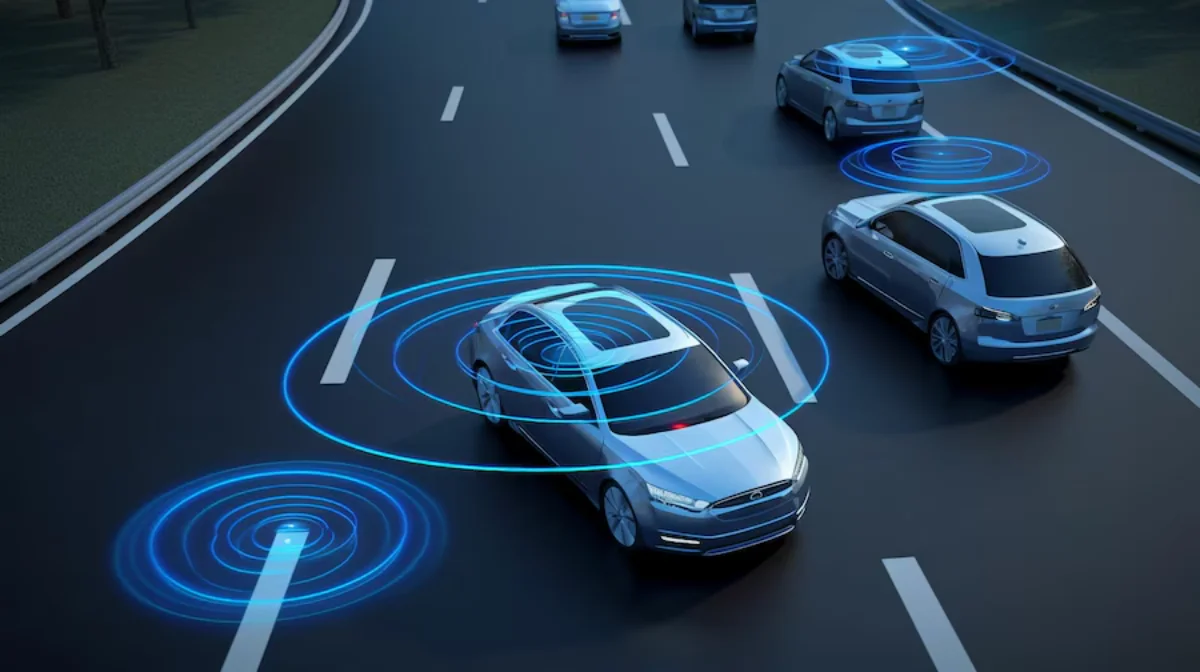The Automobiles Blog

The Future of Autonomous Cars: Are We Ready?
With the rapid progression of self-driving car technology, the automotive industry is on the verge of a revolution. Self-driving cars will change how we travel. They promise safer, more efficient, and greener rides. Yet, as we approach an era with autonomous vehicles on the roads, concerns linger regarding their reliability, legal status, and societal consequences.
Automakers and tech firms are pouring billions and trillions into AI for cars, creating a sense of certainty about the future. But are we really prepared for the transition to autonomous vehicles? This guide discusses the technology behind self-driving cars today, the potential rewards and shortcomings of self-driving vehicles, and what the future will likely look like.

1. What Are Autonomous Cars?
Autonomous vehicles, also known as self-driving cars, use a combination of sensors, artificial intelligence, and advanced computing systems to navigate roads without human intervention.
Key Components of Self-Driving Car Technology:
- Lidar & Radar Sensors – Detect surrounding objects and measure distances.
- Cameras & Computer Vision – Analyze road signs, lane markings, and pedestrians.
- AI & Machine Learning – Process vast amounts of data to make real-time driving decisions.
- GPS & Mapping Systems – Enable precise navigation and route planning.
- Vehicle-to-Everything (V2X) Communication – Allows cars to communicate with other vehicles and infrastructure.
Levels of Automation:
Autonomous vehicles are categorised into six levels. Level 0 (fully manual) to Level 5 (fully autonomous, no human driver needed).
- Level 1 & 2: Driver assistance systems (adaptive cruise control, lane-keeping assist).
- Level 3: Conditional automation (the car can drive itself but may require human intervention).
- Level 4: High automation (fully autonomous in specific conditions like cities or highways).
- Level 5: Full automation (no driver needed in any conditions).
Many cars today operate at Level 2 or Level 3, but reaching Level 5 remains a significant challenge.

2. How AI in Cars is Driving the Future
Artificial intelligence (AI) plays a central role in the future of autonomous vehicles, enabling cars to learn from real-world data and improve over time.
How AI Enhances Self-Driving Capabilities:
- Predictive Driving – AI analyses patterns in traffic flow and pedestrian movement to anticipate actions.
- Real-Time Decision Making – Advanced neural networks process data in milliseconds to avoid accidents.
- Voice Recognition & Assistance – AI-powered systems like Alexa and Google Assistant integrate with cars for hands-free operation.
- Driver Monitoring Systems – Detects drowsiness and distractions, ensuring safety even in semi-autonomous vehicles.
Companies like Tesla, Waymo, and Apple invest heavily in AI in cars, refining their self-driving algorithms through millions of miles of test data.

3. The Benefits of Autonomous Vehicles
The shift toward self-driving car technology is expected to bring numerous benefits, reshaping urban mobility and personal transportation.
Advantages of Autonomous Cars:
- Reduced Accidents – AI eliminates human errors, which account for 94% of car crashes.
- Lower Traffic Congestion – Vehicles can optimise routes in real-time, reducing gridlock.
- Improved Accessibility – Self-driving taxis and public transport benefit elderly and disabled individuals.
- Eco-Friendly Transportation – Autonomous EVs optimise energy use, reducing emissions.
- More Free Time – Commuters can work or relax instead of driving.
The future of autonomous vehicles looks bright. They can boost efficiency and safety. But these benefits rely on more people using them and better infrastructure.
4. The Challenges and Concerns of Self-Driving Cars
Despite their potential, autonomous vehicles face significant obstacles before fully integrating into daily life.
Key Challenges:
- Legal & Ethical Dilemmas – Who is responsible for an accident—AI or the human occupant?
- Cybersecurity Risks – Self-driving cars are vulnerable to hacking and software manipulation.
- Weather & Environmental Limitations – Heavy rain, snow, and fog can affect sensors.
- Job Displacement – Autonomous trucks and taxis may eliminate millions of driving jobs.
- Public Acceptance – Many consumers are hesitant to trust AI in their lives.
Governments and automakers must work together to establish regulatory frameworks and ensure the safe deployment of autonomous cars.
5. Autonomous Vehicles vs. Human Drivers: Are We Ready?
One of the biggest debates in the automotive world is whether AI in cars can outperform human drivers in all conditions. While self-driving systems excel in predictable environments, they still struggle with:
- Unpredictable Human Behavior – Pedestrians, cyclists, and reckless drivers create unpredictable scenarios.
- AI and Split-Second Decisions – AI might pause in key moments when a human would quickly act.
- Complex Urban Environments – Navigating busy city traffic is tough, especially with construction and detours.
AI is growing fast, but a hybrid model might be best. This means AI helps human drivers instead of replacing them.
6. The Road Ahead: When Will Fully Autonomous Cars Be a Reality?
Experts predict that Level 5 fully autonomous vehicles may still be 10-20 years away from widespread adoption. Several factors will determine the pace of progress:
- Technological Breakthroughs – Advancements in AI, battery technology, and sensors will accelerate development.
- Government Regulations – Clear laws governing liability, safety, and insurance must be established.
- Public Trust & Adoption – Consumers need confidence in self-driving systems before mass adoption.
- Infrastructure Upgrades – Smart traffic lights, AI-assisted intersections, and dedicated lanes for AVs could enhance safety and efficiency.
Companies like Tesla, Google’s Waymo, and legacy automakers like Ford and BMW continue to push forward, but full autonomy remains a long-term vision.
Autonomous Cars: The Road Ahead – Are We Ready?
The Future of Autonomous Vehicles – Are We Ready? Autonomous vehicles are quicker than you think. However, they still have a long journey ahead.
Self-driving car technology has advanced significantly. However, legal, ethical, and technical challenges remain, which must be resolved before AI transport can be widely used.
As AI takes on an increasing role in cars year by year, a shift toward autonomy is an inevitability—but are we ready? The next 10 years will reveal whether self-driving cars are just a fad or become part of everyday life.
Would you trust an autonomous vehicle with your daily commute? Share your thoughts in the comments below!









